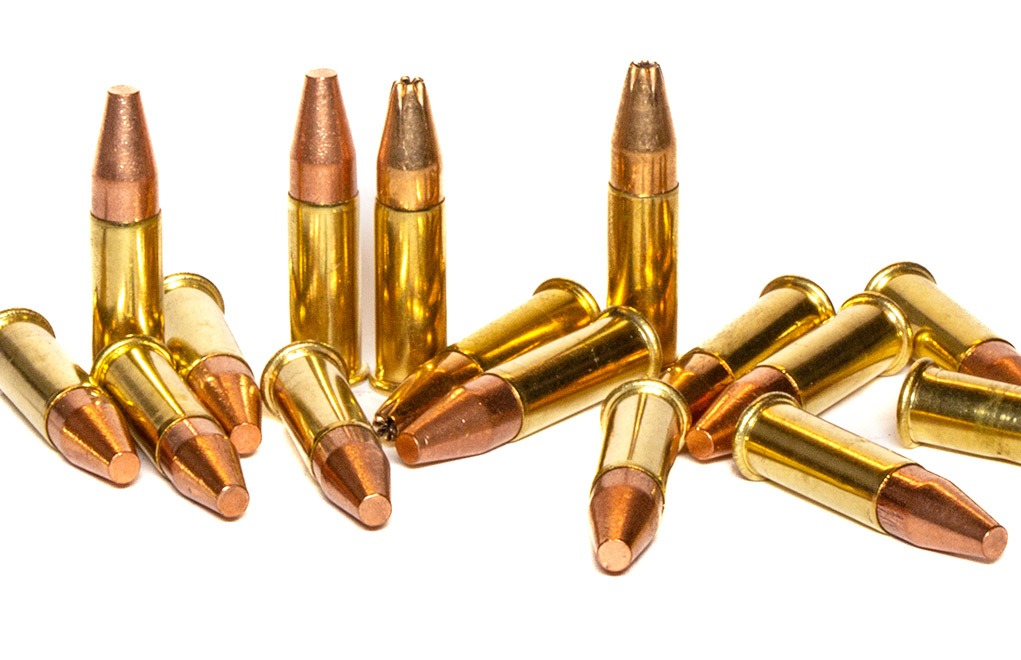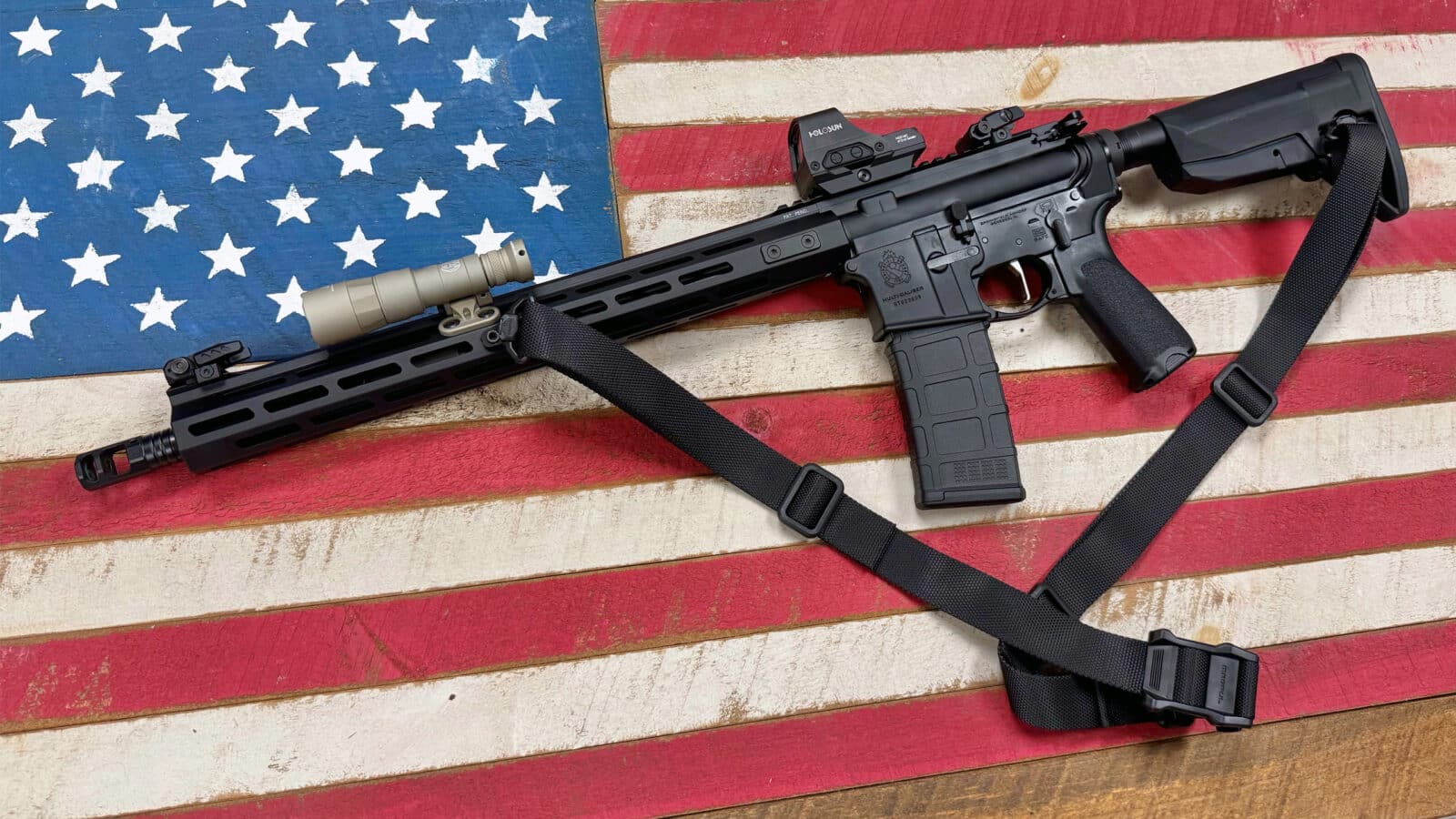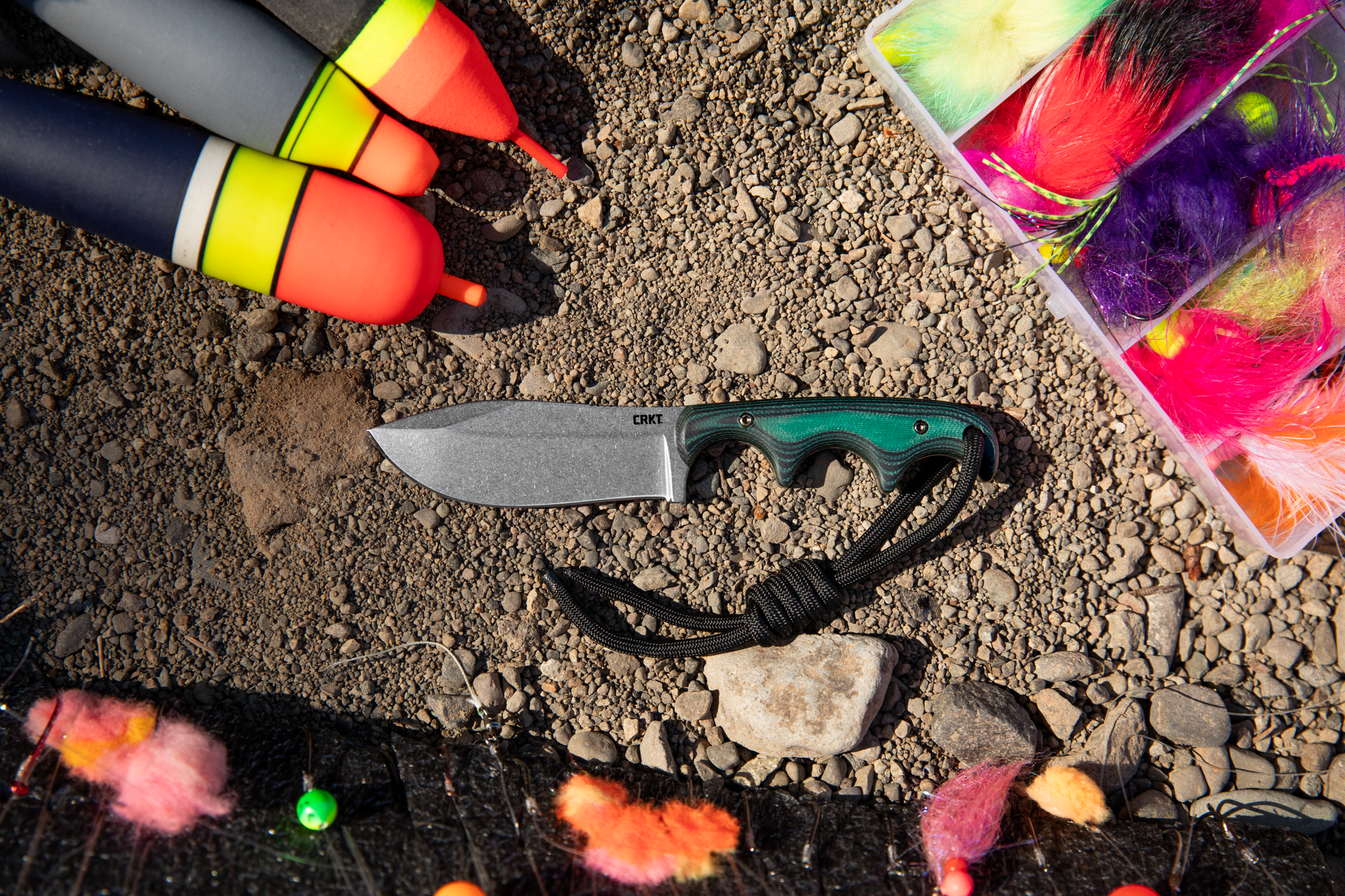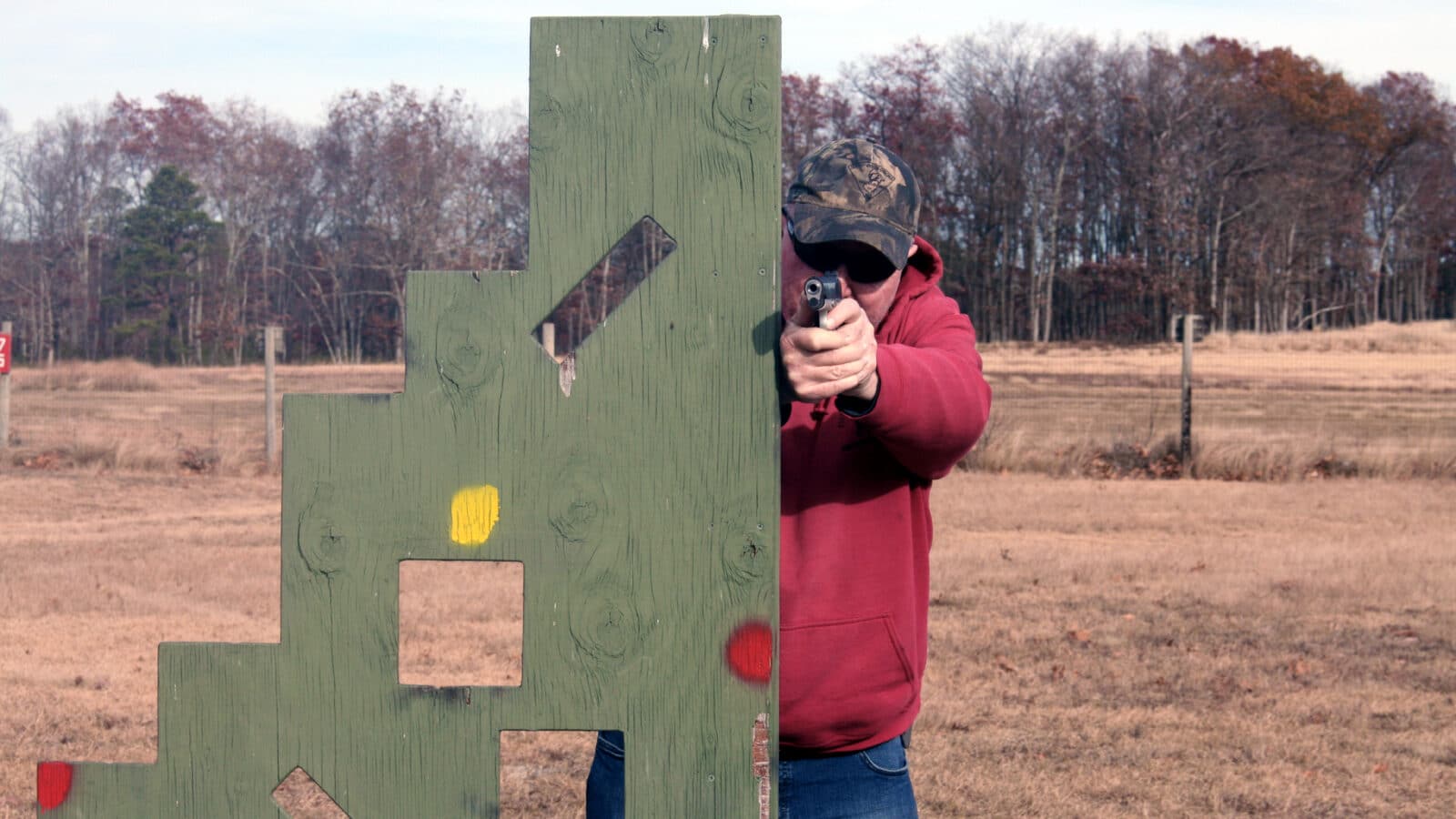Winchester recently released the 21 Sharp rimfire cartridge, but does it have what it takes to kill .22 LR?
Winchester has created a new rimfire cartridge called the 21 Sharp, and it’s based on the .22 Long Rifle cartridge. Winchester estimates that nearly 2.5 billion rounds of .22 Long Rifle ammunition are manufactured each year. It’s clearly the most popular cartridge, largely due to its low noise level, low recoil level, low cost, and the wide range of applications the cartridge is suited for—in rifles and handguns.
So, as popular as the .22 Long Rifle cartridge is, you’re probably wondering why Winchester would screw around with it. Why would they just not make more—or better—.22 Long Rifle ammunition?
.22 Long Rifle Issues
There are several reasons. The first is that .22 Long Rifle—as well as .22 Long and .22 Short—ammunition is a pain in the ass to manufacture. One issue is the technology required to overcome the difficulty of inserting a primer compound in the rim of the cartridge case. Of course, this applies to all rimfire ammunition, including .22 Magnum and .17 HMR. But, .22 Long Rifle ammo is more difficult to manufacture than the .22 Magnum or the .17 HMR because of the heeled bullet it uses.
A heeled bullet has two diameters: There’s the diameter that fits inside the cartridge case neck, and there’s the diameter that fits inside the barrel. If you’ve ever looked closely at a .22 Long Rifle cartridge you’ve probably noticed how the diameter of the bullet, just forward of the case mouth, was the same diameter as the case. Heeled bullets were common back in the days of blackpowder cartridges, but the .22 Long Rifle is the only widely used cartridge that still uses a heeled bullet.

You see, the .22 Long Rifle cartridge was introduced in 1887, but it was nothing more than a modified .22 Short/.22 Long cartridge, which was introduced in 1871. Originally, all three were loaded with black powder and were designed similar to the cartridges that were created for converted cap and ball revolvers. These revolvers—and there were thousands of them—had a bore the same diameter as the cylinder chambers to match the round balls they fired.
So, the conversion cartridges were made to fire a heeled bullet the same diameter as the outside of the cartridge case as well as the inside of the bore. But, the bullet had a second diameter that fit inside the cartridge case. Otherwise, the conversions would’ve required a new barrel or a new cylinder.
And it gets even more complicated.
You might have also noticed that, when you’re shooting .22 Long Rifle ammunition, there’s a film on the bullet that leaves a greasy residue in your hand. This is lubrication, which is a micro-crystalline synthetic-based wax, and it’s used to keep the soft, pure lead bullet from fouling the bore of the gun. With a conventional bullet made with a copper or gilding metal jacket, lubrication isn’t necessary.
There’s also another issue with the heeled bullet: In some areas, lead bullets are prohibited, and some shooters and hunters also prefer not to use lead bullets. To circumvent these lead restrictions and shooter preferences, some manufacturers offer lead-free .22 Long Rifle ammo.


For example, Winchester makes a 26-grain lead-free varmint load for the .22 Long Rifle. The problem is that these lead-free loads must also use a heeled bullet, and it’s very difficult to make a good-shooting lead-free, heeled bullet. If you’ve ever tried any lead-free .22 Long Rifle ammo, you’ve probably seen it generally doesn’t shoot as well as .22 Long Rifle ammo loaded with lead bullets.
Enter the 21 Sharp
Most commonly, new cartridges are created by altering existing cartridge cases.
For example, the .243 Winchester uses a necked-down .308 Winchester case, and the .17 HMR was created by necking down a .22 Magnum case. With the 21 Sharp, Winchester did not do anything that complicated. They used the .22 Long Rifle case but did nothing to alter it. All Winchester did was create a new bullet of the proper diameter to fit inside the case, just like how the bullets used for the .17 HMR and .22 Magnum fit inside their cases.


The bullet diameter needed was 0.2105 or 0.21 caliber. Very importantly, this eliminated the need for a heeled bullet. Everything else about the case and new cartridge—including the length—remained the same as the .22 Long Rifle. In fact, the 21 Sharp is loaded to the same maximum average pressure of 24,000 psi, just like the .22 Long Rifle.


In one way, creating a new cartridge doesn’t get any easier than this because you don’t need a new brass case. On the other hand, you do need bullets, and since there were no 0.21-caliber bullets, Winchester had to create them.
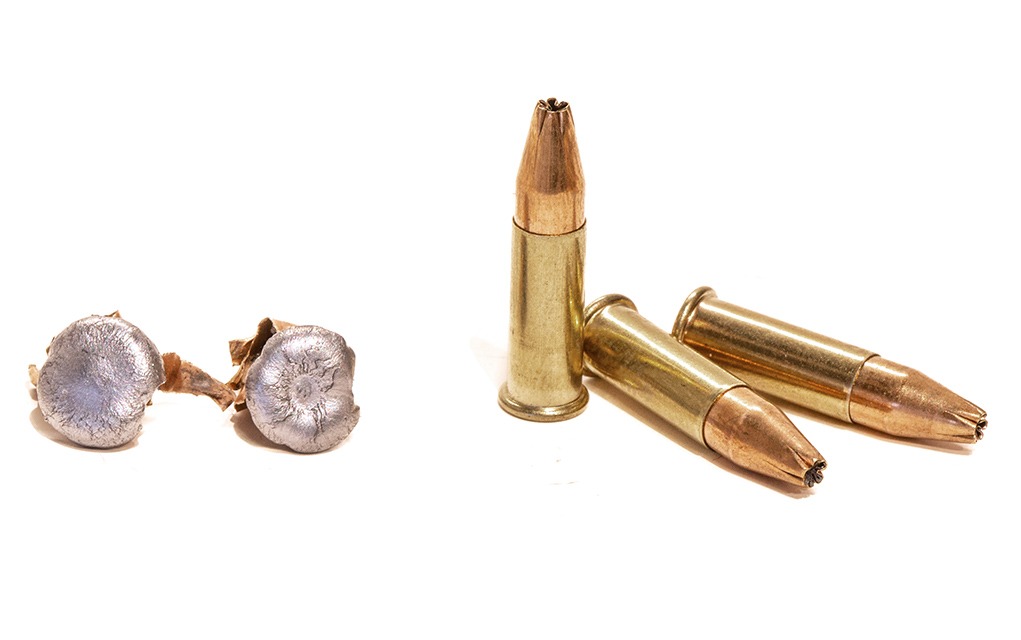

To start with, Winchester will be offering four different loads for the 21 Sharp, and they include a 42-grain FMJ bullet, a 37-grain black copper-plated bullet, a 34-grain jacketed hollow-point bullet and a 25-grain copper matrix bullet. An advantage of not having to use a heeled bullet also means that Winchester can create 0.21-caliber bullets that deliver terminal performance similar to the .22 Magnum and the .17 HMR.
Finally, since a chamber for the .22 LR and the 21 Sharp is dimensionally identical, it makes things much easier for manufacturers to make barrels. All that’s needed is a 0.21-caliber barrel with a 1:12 rifling twist rate. That means if you have a .22 Long Rifle, rifle or handgun, you should be able to convert it to 21 Sharp with just a barrel change. And, since the cartridge cases are the same, and the dimensions for the loaded cartridges are, too … detachable magazines should be interchangeable.


Testing the 21 Sharp
I wanted to get my hands on a rifle that would shoot this cartridge as soon as possible, and Winchester sent me one of the rifles they’d been using to test the 21 Sharp. It was a Winchester Xpert bolt action with a 16.5-inch barrel that feeds from a 10-shot detachable magazine. Winchester also sent me several boxes of 21 Sharp ammo that included the 25-grain copper matrix load and the 34-grain JHP load. I mounted a Leupold VX-3HD 4.5-14×40 riflescope and my Silencer Central Banish 45 suppressor and went to the shooting bench.
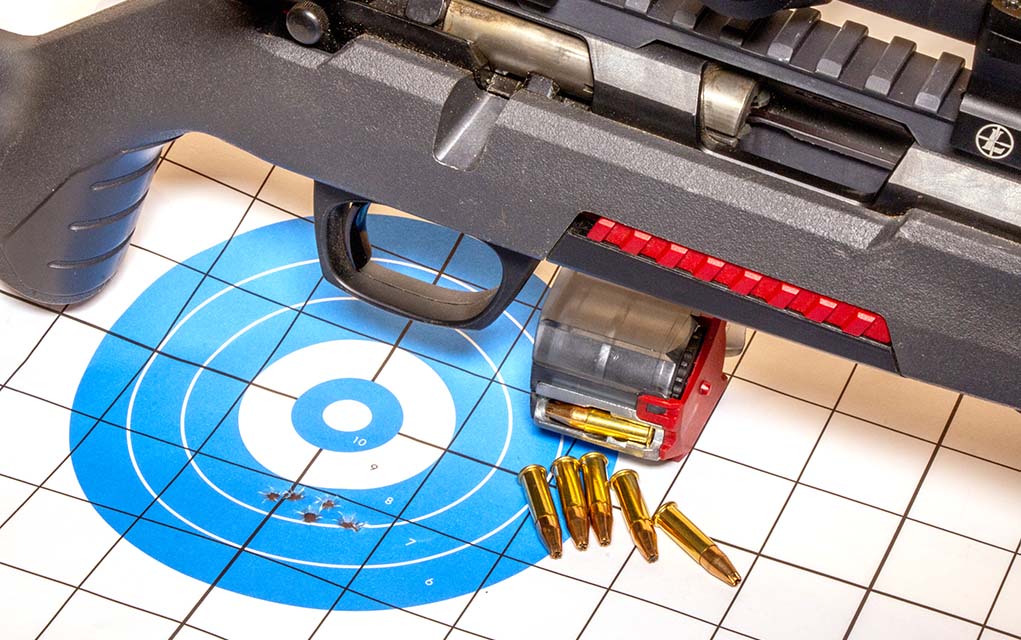

My first surprise was that the ammunition delivered muzzle velocities that exceeded Winchester’s advertised velocities. The 25-grain load has an advertised velocity of 1,750 fps, and it averaged 1,800 fps for a 10-shot string, with a standard velocity deviation of 21.0 fps. The 34-grain load has an advertised velocity of 1,500 fps, but 10 shots out of the little Xpert rifle averaged 1,590 fps, with a standard velocity deviation of 19.1 fps.


The Winchester Xpert rifle has a suggested retail price of only $320, so I didn’t expect extreme precision. However, it shot well; the overall average for five, five-shot groups with each load—that’s 10 five-shot groups—at 50 yards was only 0.86 of an inch. I also did some shooting with both loads at 100 yards. Generally, the 100-yard groups were in the 1.5-inch range, but a couple were less than an inch. That’s pretty good performance from a $300 rimfire rifle.
All the cartridges fed from the Xpert’s detachable 10-round magazine without a hitch, and, in total, I fired 300 rounds. Out of those 300 rounds I had one cartridge that did not fire. My testing with rimfire ammo over the years has shown this is generally a one in a 1,000 occurrence. I didn’t have enough ammo to verify that, but there’s no reason to suspect the 21 Sharp would be any less reliable than any other rimfire cartridge.
Elevation and atmospheric conditions dictate trajectory, and the Winchester’s website lists the 100-yard drop for the 25-grain load at 3.4 inches. In my testing, the drop was closer to 2 inches. The website also showed 4.4 inches of drop at 100 yards for the 34-grain JHP load, but on my range, it was closer to 3.5 inches.
Shooting Results For 21 Sharp
| LOAD | MV | SVD | ME | PRECISION |
| 25-grain Copper Matrix | 1,800 | 21.0 | 180 | 0.78 |
| 34-grain JHP | 1,590 | 19.1 | 191 | 0.94 |
What’s the 21 Sharp For?
Clearly, if you want to shoot a rimfire with .22 Long Rifle like ballistics, but you also want to use lead-free ammo, the 21 Sharp is the way to go. The best 50-yard group fired during all my testing was with the lead-free copper matrix load, and it measured a scant 0.507 inch. I also tested the JHP load in a block of Clear Ballistics, and it penetrated between 8 and 10 inches, and the bullet upset with an average frontal diameter of 0.37 inch, with 98 percent weight retention. You’ll not find a .22 Long Rifle load that’ll deliver similar terminal performance. In fact, I’ve never tested a .22 LR load where the upset bullet’s frontal diameter measured larger than 0.32 inch. So, for small game hunters, it appears the 21 Sharp will offer external and terminal ballistic advantages.


You’re probably wondering what all this wonderfulness costs, and where you can get a 21 Sharp rifle. It looks like 100 rounds will retail for between $18 and $27, which will put the cost per shot at between $0.18 and $0.27. That’s about the same amount you’d pay for lead-free or high-performance .22 Long Rifle ammo. If all you want to do is plink and have fun on a budget—with lead bullets—stick with your .22 Long Rifle.
As for rifles, Savage is currently cataloging four 21 Sharp rifles priced between $269 and $389, and I’m sure other rifles from other manufacturers will soon follow. Don’t be surprised if aftermarket replacement barrels soon become available in 21 Sharp as well. The 21 Sharp will never be as popular as the .22 Long Rifle, but it does offer some advantages you might appreciate.
Rimfire Cartridge Velocity/Energy Comparison*
| CARTRIDGE | LOAD | AMV | AME |
| 21 Sharp | 25-grain Copper Matrix | 1,750 | 170 |
| 21 Sharp | 34-grain JHP | 1,500 | 170 |
| 22 LR | 26-grain LF Varmint | 1,650 | 157 |
| 22 LR | 37-grain Super Speed CPHP | 1,330 | 145 |
| 22 Magnum | 25-grain LF Varmint | 2,100 | 245 |
| 22 Magnum | 34-grain JHP | 2,120 | 339 |
| 17 HMR | 15.5-grain LF Varmint | 2,550 | 231 |
| 17 HMR | 20-grain JHP | 2,375 | 250 |
Editor’s Note: This article originally appeared in the January 2025 issue of Gun Digest the Magazine.
More On Rimfire:


Next Step: Get your FREE Printable Target Pack
Enhance your shooting precision with our 62 MOA Targets, perfect for rifles and handguns. Crafted in collaboration with Storm Tactical for accuracy and versatility.
Subscribe to the Gun Digest email newsletter and get your downloadable target pack sent straight to your inbox. Stay updated with the latest firearms info in the industry.
Read the full article here







